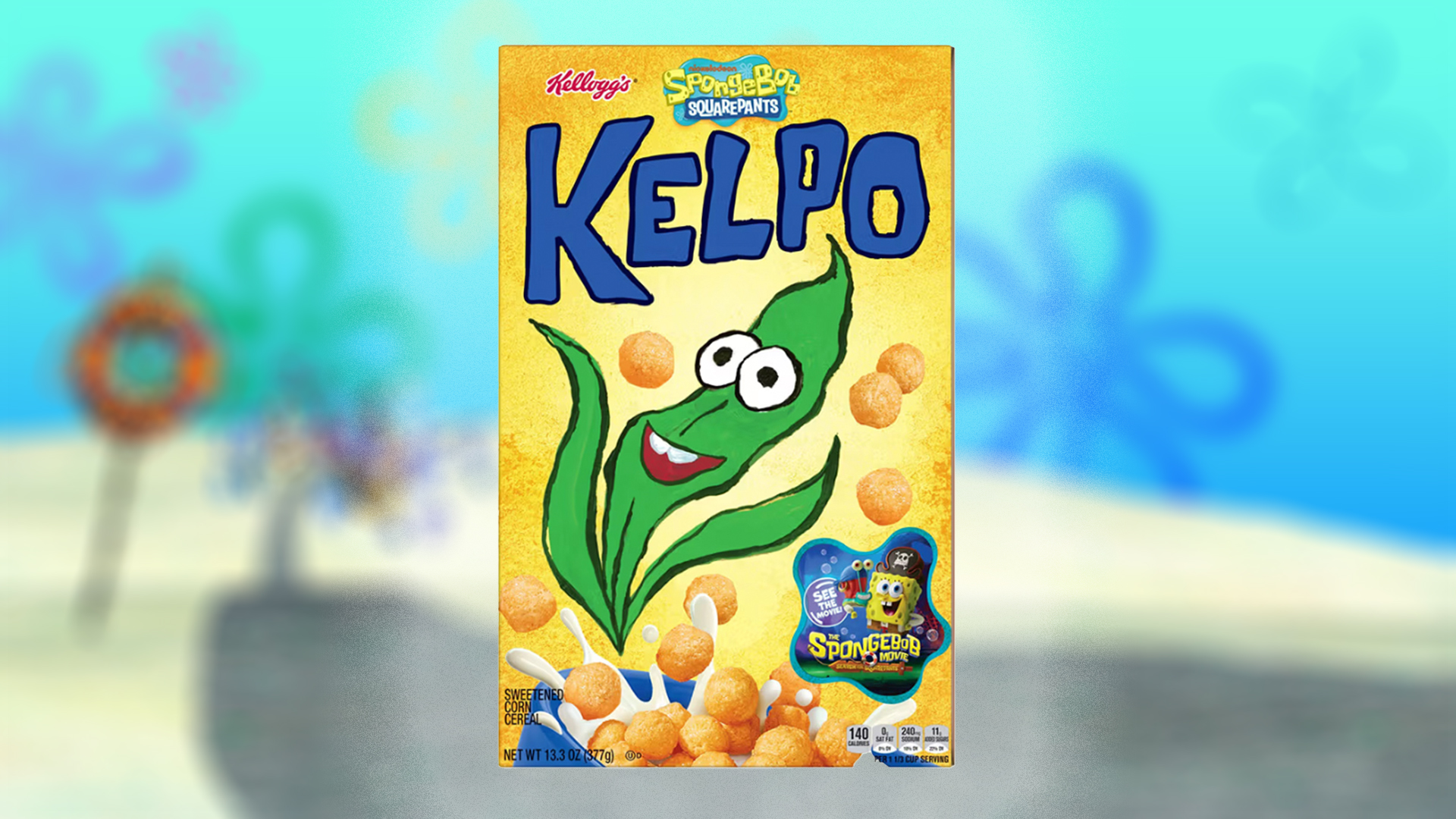Doug Chiang reveals what it takes to make it as a Star Wars artist: "Focus on being better than who you were yesterday"
From Back to the Future Part II to Rogue One: A Star Wars Story, what everyone needs to know to succeed in film art.
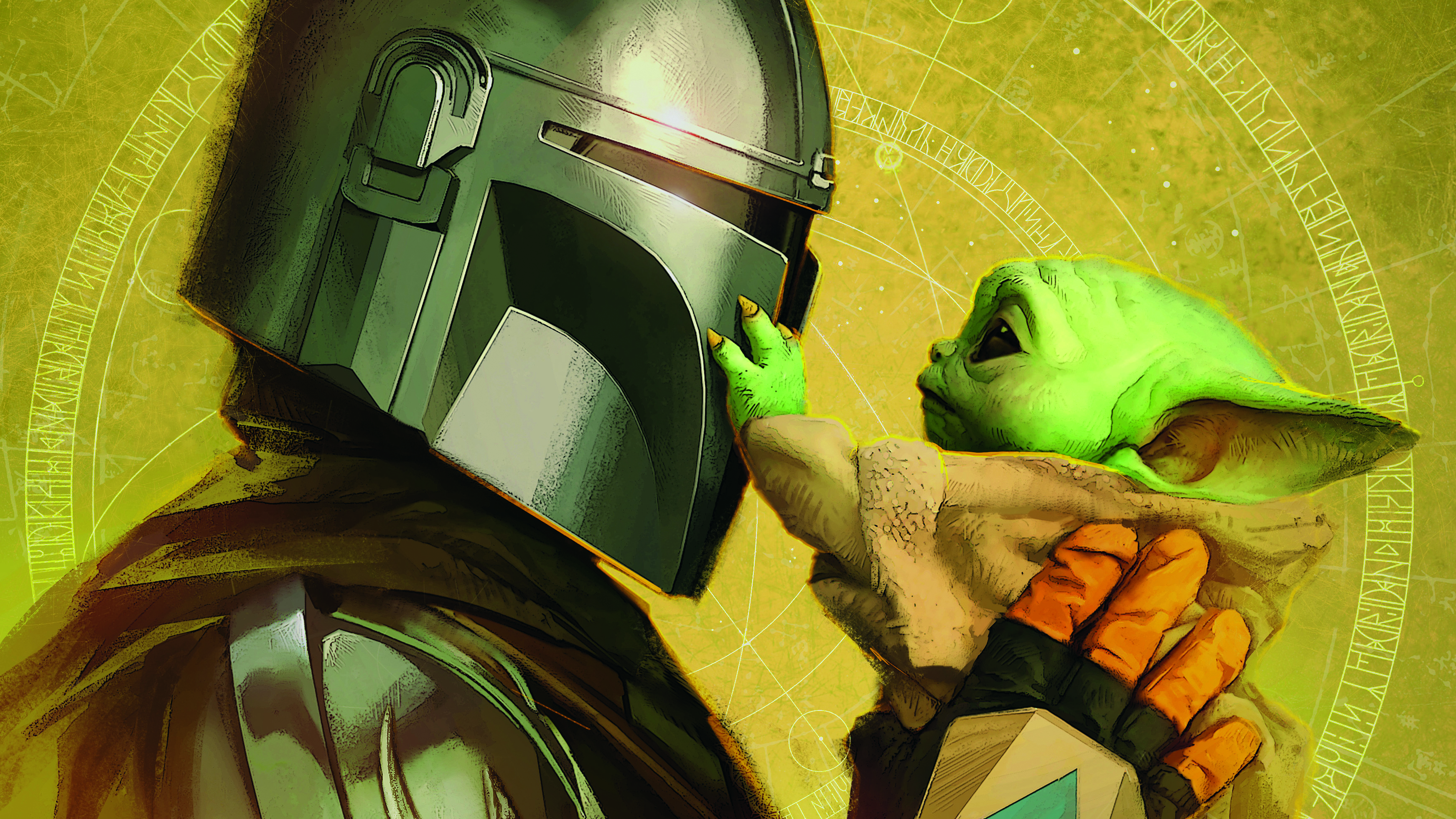
From humble beginnings through to becoming the production designer and senior vice president / executive design director at Lucasfilm, Doug Chiang’s career is a shining example of the power of following your dreams.
We caught up with Doug via our sister magazine ImagineFX, to learn more about how he constantly improves as an artist and how he always creates space for spontaneity in his work, as well as how using markers made concept art click.
Inspired by Doug's story below? Then read our guides to the best digital art software are start designing your own worlds. Our list of Procreate tutorials can help, too, if you're painting and drawing on an iPad.
CB: Tell us about your background as an artist. How did you get started and what has your career been like so far?
Doug Chiang: I was born in Taiwan and remember doing my first drawings in the dirt with a stick. We weren’t particularly wealthy, and paper was scarce. My only opportunity to draw on paper was in letters that my mom would write to my dad, who was studying engineering in the US. We immigrated to the US and lived in the suburbs of Detroit, Michigan, when I was about five years old.
Being quiet and shy with few friends, I turned inward to my imagination and drew all the time. I would draw in my textbooks and fill my school notebooks with sketches instead of notes. Drawing became my sanctuary where my imagination could flourish. I loved nature and drew many wildlife drawings. But I was also drawn to the stranger aspects of nature, particularly dinosaurs and monsters.
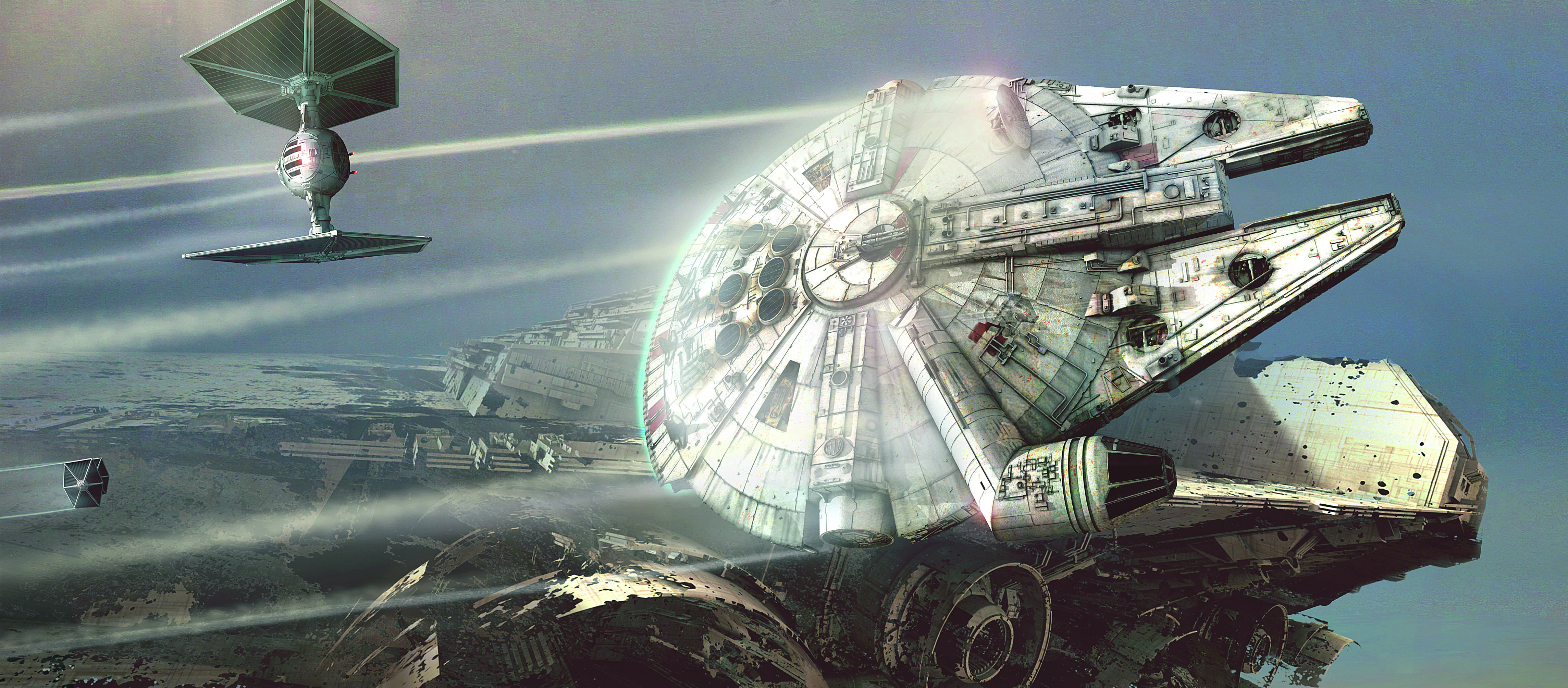
I grew up watching Godzilla films and became enamoured with mythic monsters. But my passion for drawing truly ignited when I saw Star Wars in 1977. Like many artists of my generation, Star Wars had an overwhelming effect on me. The visuals and storytelling absolutely captivated me – I had never seen or experienced anything like it before.
From that moment on, I wanted to learn more about film design and visual effects. I bought art books and magazines like Starlog, Cinefantastique and Famous Monsters of Filmland, and began to learn about the artists who were creating these fantastic images. Reading about those artists introduced me to a whole industry that I didn’t know existed before.
Daily design news, reviews, how-tos and more, as picked by the editors.
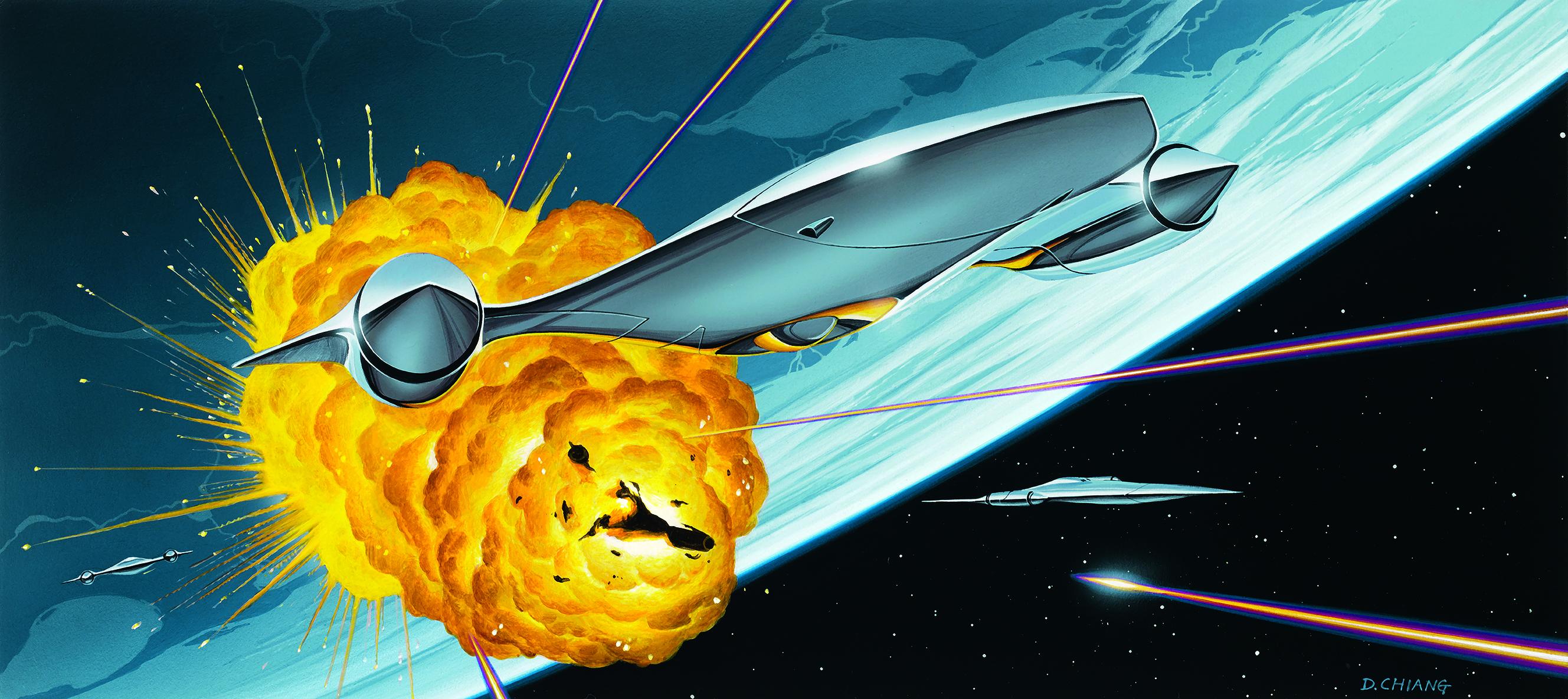
I grew up watching Godzilla films and became enamoured with mythic monsters. But my passion for drawing truly ignited when I saw Star Wars in 1977. Like many artists of my generation, Star Wars had an overwhelming effect on me. The visuals and storytelling absolutely captivated me – I had never seen or experienced anything like it before.
From that moment on, I wanted to learn more about film design and visual effects. I bought art books and magazines like Starlog, Cinefantastique and Famous Monsters of Filmland, and began to learn about the artists who were creating these fantastic images. Reading about those artists introduced me to a whole industry that I didn’t know existed before.
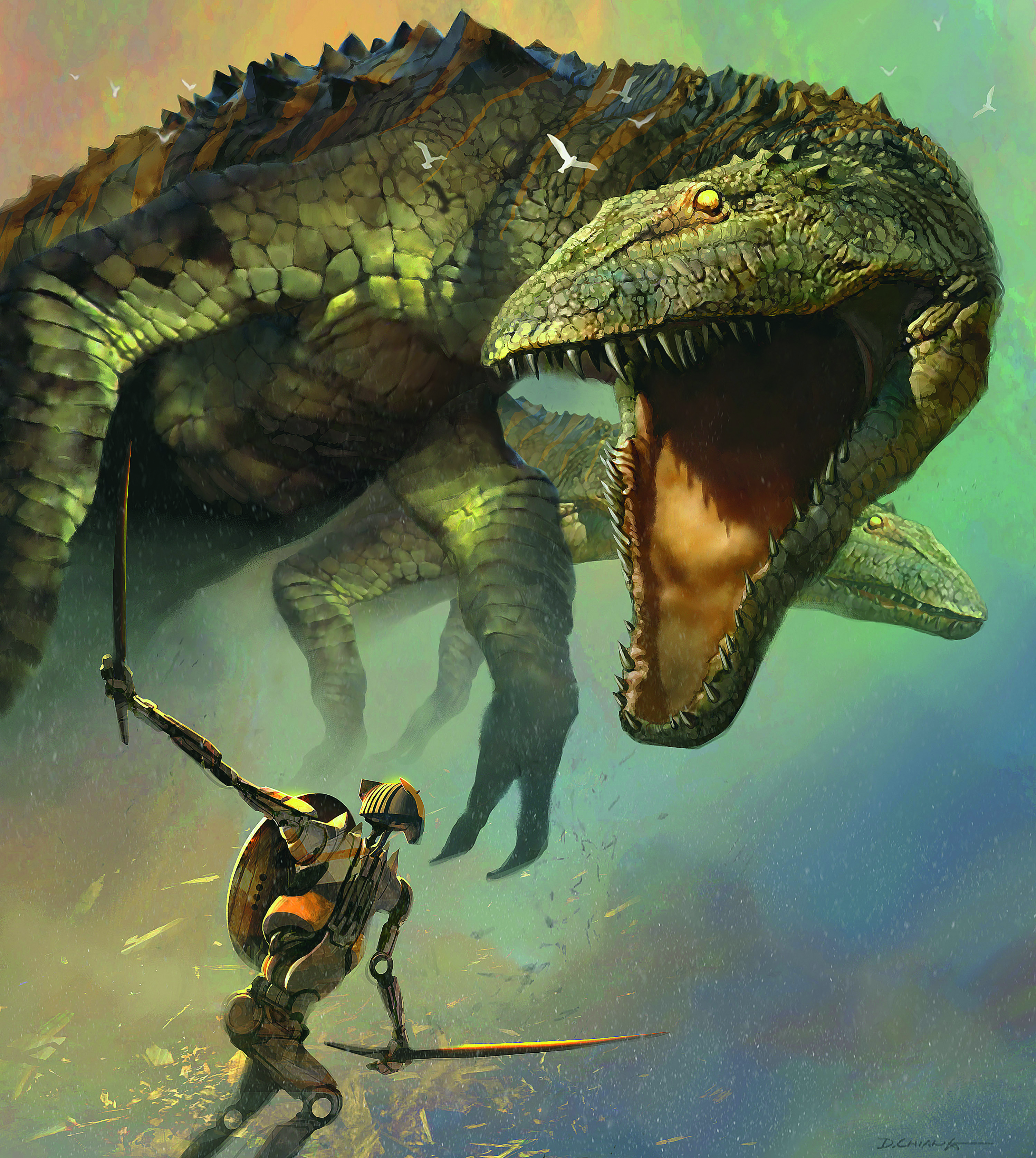
CB: Talk us through the impact that the original Star Wars film and the accompanying art design book had on your work
DC: Star Wars was transformative for me. I was at the right age. Before seeing it, I enjoyed drawing but didn’t know it could be a career, that a whole industry of film designers existed. Drawing was just a hobby, and I didn’t see a future in being an artist. In fact, I wanted to be a zoologist because I loved animals. In my family, art was discouraged and not taken seriously.
Then, a year after Star Wars debuted, the TV documentary about the ‘making of’ aired, and I saw the people behind the scenes crafting models and creating the magic of visual effects. That’s when I knew what I wanted to do: become a visual effects artist. But there was no clear path.

I went to the library and checked out books on filmmaking, drawing, model making and animation. I began making my own short stop-motion films in the basement of our house. The “art of” books further opened my eyes to visual effects and filmmaking. Joe Johnston’s Star Wars sketchbooks, for example, blew my mind. I meticulously copied his drawings to understand his techniques.
Though my path into this career wasn’t the most direct, it worked for me. Today, the art community is vast, and I’m astonished by how new generations of artists have raised the artistic bar even higher. The level of talent today is truly humbling.
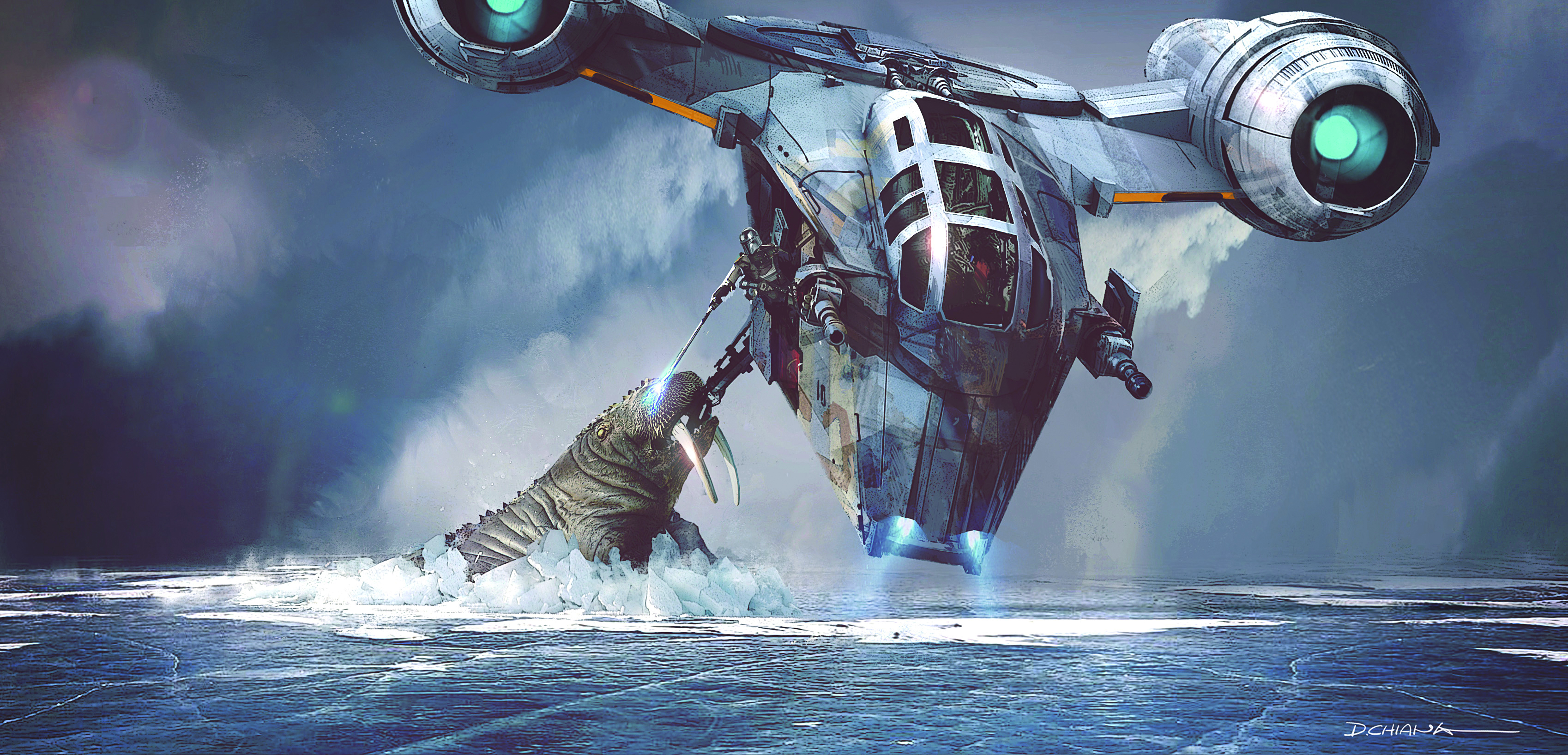
CB: Today you’re the executive design director at Lucasfilm. What does that role entail?
DC: My current position at Lucasfilm encompasses two roles. On the company side, I oversee Star Wars design for our films, games, new media and theme parks. Having worked closely with George Lucas for seven years at Skywalker Ranch, I try to pass on the lessons that I learned from him.
Star Wars design is more sophisticated than it first appears. On the surface, the designs may seem simple and obvious, and that’s intentional. But underneath lie layers of foundational guidelines that shape this cohesive universe. In reality, only George truly knows what Star Wars design is. I do my best, but I don’t always get it 100 per cent right.
The second part of my role is working as a production designer on our films. This alone is a full-time job, making it challenging to juggle both responsibilities, especially when I’m involved with multiple films simultaneously. Each film typically takes two-and-a-half years to produce, and I’m usually working on two
or three concurrently. I might be in early development on one, full production and filming on another, and postproduction on a third.
Most of my day is consumed with art direction and supervision. This
can be frustrating because it leaves little time for creating art, which is why my personal sketchbook and drawings are so important to me.
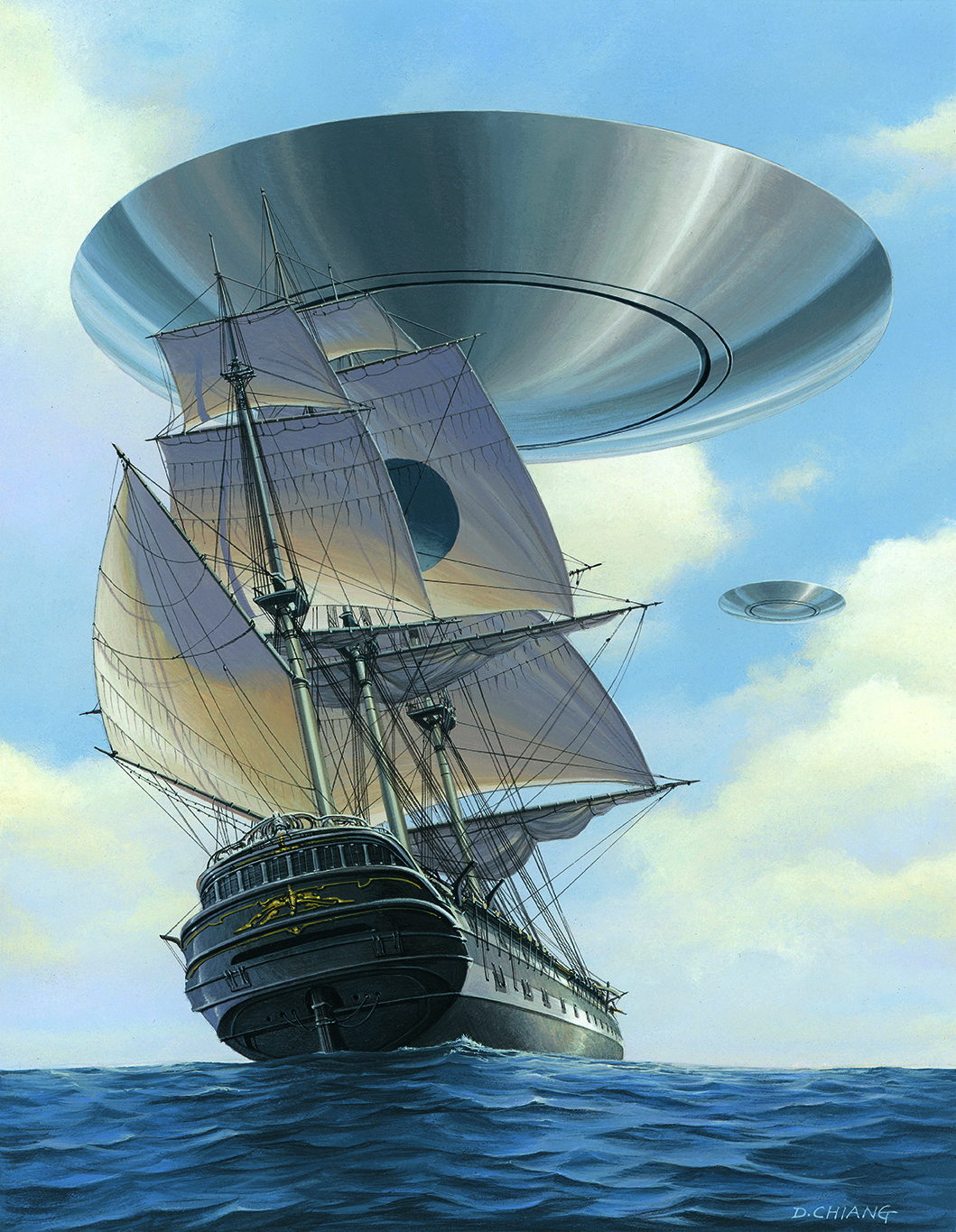
CB: How did studying film production help to shape your artistic approach?
DC: Early in my career, I learned that cinematic design is very different from traditional or industrial design, like automotive or product design. Film design is about creating designs that support the story. These designs don’t necessarily have to be real or make sense – they just need enough believable plausibility. It’s this magic of cinema design that I enjoy. The challenge of creating spectacular, never-before-seen designs is both frightening and exciting.
Studying film allowed me to design for the camera and the audience. Understanding lighting, lenses and framing all contribute to creating an effective design. This is why I prefer to show designs in context as they’ll appear in the film, through full keyframe paintings. We rarely present individual designs out of context now.
This approach differs significantly from industrial or product design, where someone can live with the design and appreciate it in detail. Cinematic design is fleeting, yet it needs to convey so much in the few seconds it appears on screen. Ideally, the best designs live on long after the movie ends, eventually becoming something that fans can appreciate on their own.
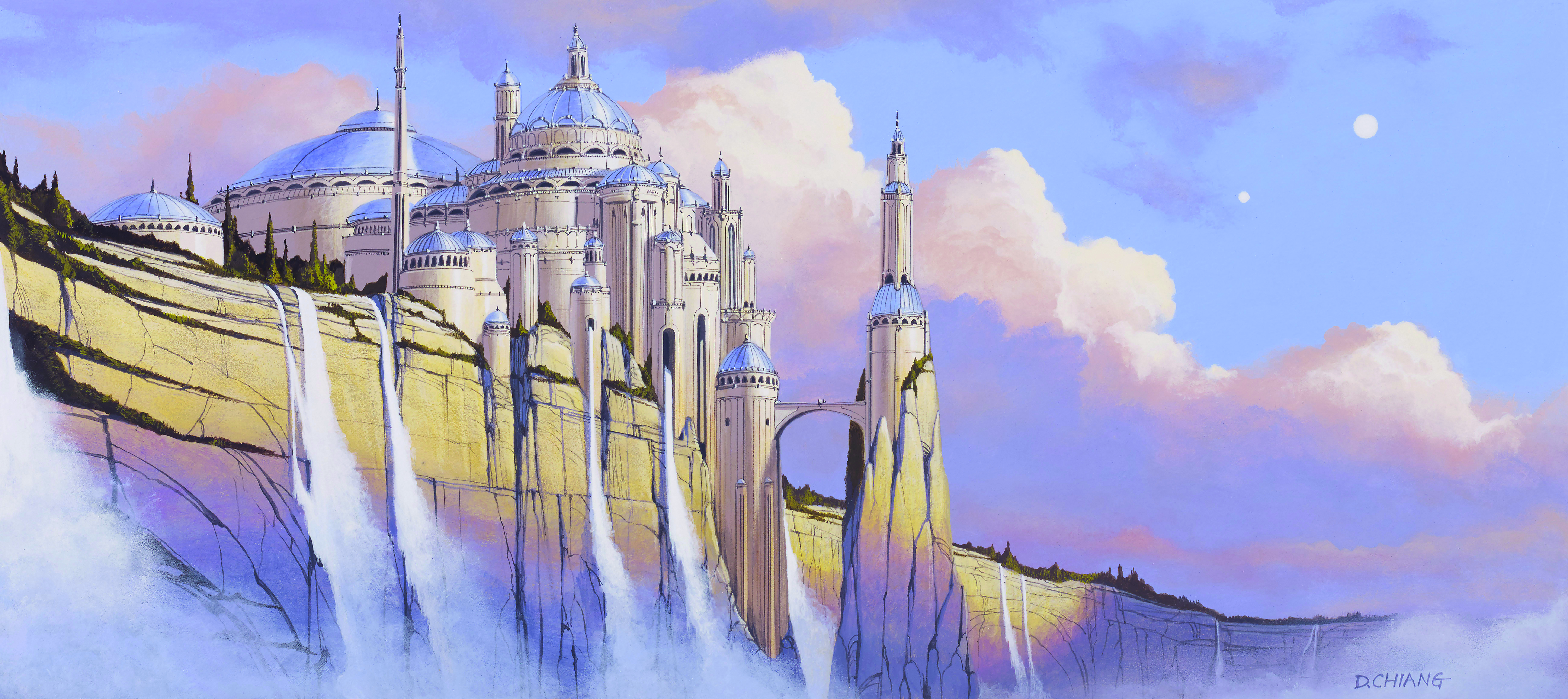
CB: Do you have any exciting projects coming up, or are there areas you would like to explore?
DC: I’m fortunate to never be bored at my job. There are simply too many cool projects, and I continue to enjoy the process. On a personal level, I’m thrilled for people to see my two-volume, 800-page book from Abrams coming out in December.
It showcases over 2,300 drawings and paintings, nearly all of my art from high school to today. The first volume features my work prior to Star Wars, while the second covers all my Star Wars work from 1995 to the present. My hope is that the book inspires young artists to pursue their passion for art, just as I once did.

CB: What advice would you give to other artists thinking of becoming art directors and illustrators?
DC: Remember that art isn’t a competition. There will always be someone more skilled or proficient than you. Focus on being better than who you were yesterday by improving your skills and finding your unique style – your voice that will differentiate you from others.
Standing out among talented artists can be challenging. Art itself is difficult, but finding good ideas is even harder. I hire artists the way casting directors select actors for roles. You don’t need to be the best; you just need to be the right fit for the role. This comes down to continuous learning. Love what you do and draw every day. That’s what made the biggest difference for me. Keep a sketchbook and draw and keep drawing. Never become complacent.
This article originally appeared in ImagineFX. Subscribe to ImagineFX to never miss an issue. Print and digital subscriptions are available.
- Ian DeanEditor, Digital Arts & 3D
You must confirm your public display name before commenting
Please logout and then login again, you will then be prompted to enter your display name.
